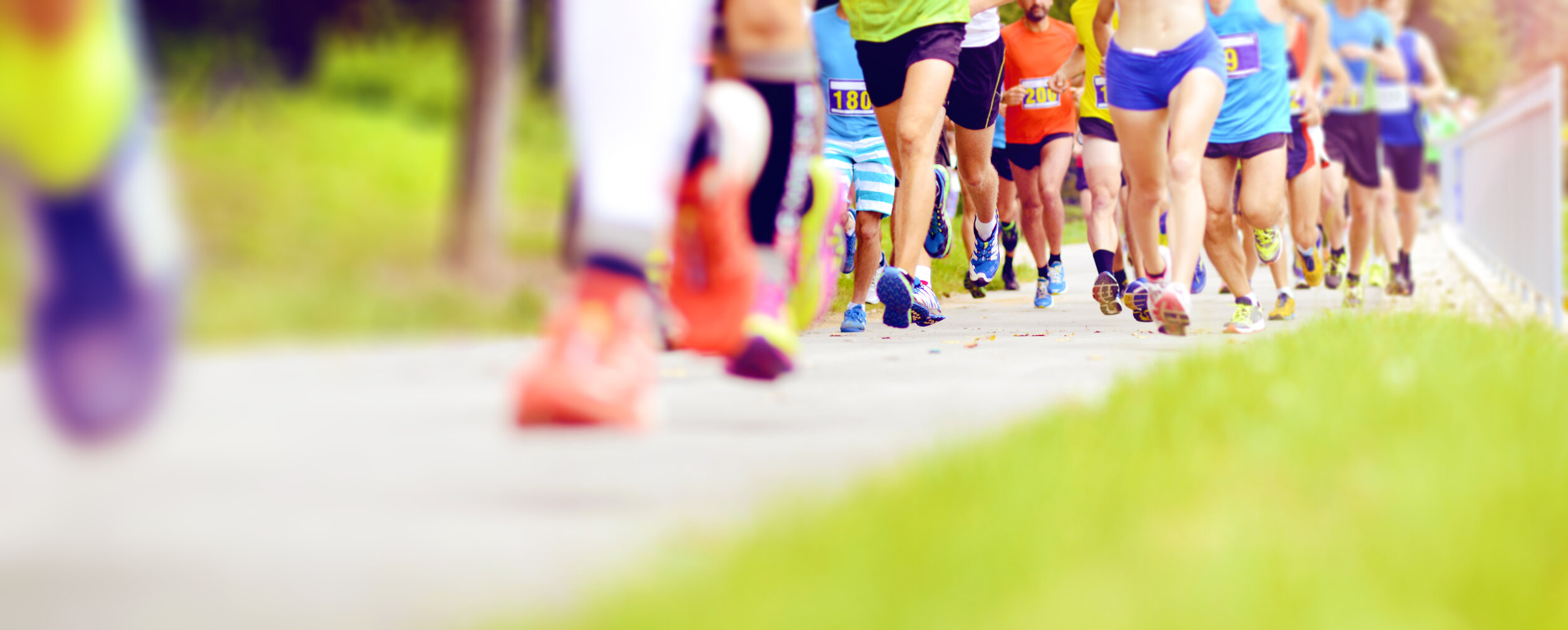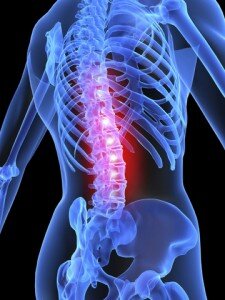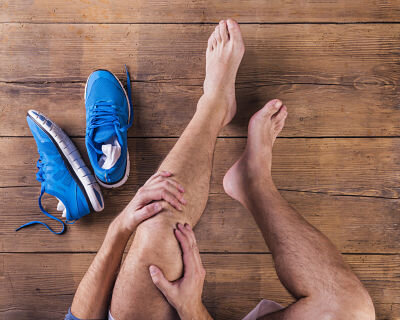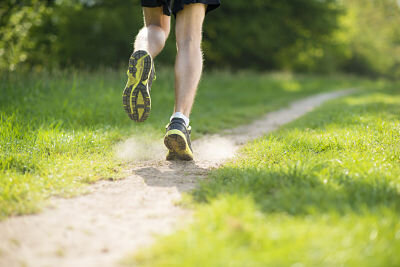Back pain stopped him running.
 Back pain stopped him running
Back pain stopped him running
Rob's back pain stopped him running the sort of distances he wanted to run. Having completed marathons in the past he knew what he was capable of and debilitating pain after a few miles was hampering efforts to build back up to marathon distance in future.
Looking at Rob's injury history the most noteworthy episodes were a fall which smashed his upper front teeth whilst at University. This needed some reconstructive dental work that had given no trouble over the ensuing 20 years. An Anterior Cruciate Ligament (ACL) tear needed surgery 7 years later and again had given no apparent trouble, indeed the marathons came after the ACL surgery. Finally an acute episode of lower back pain, diagnosed as a pelvic joint sprain (misalignment) happened 6 years later, coincidentally just a week before the first marathon.Since that time it was a constant battle to manage the pain in the lower back which never seemed to go away for very long. An understanding of "How to future proof further injury" was what Rob requested.This fit 40 year old who regularly ran 20K (but in pain) had muscle inhibition (reflex weakness) in his core stabilising muscles of the lower back, in his right hip and in the Glute Max (buttock) and Hamstring (back of the thigh) muscles of the left leg.There was evidence of strain on the cartilage discs between the spinal bones in the lower back too which I felt were likely to be responsible for both the current and historic pain.Having gathered this evidence of dysfunction the next step was to establish how to return some activation and strength to the inhibited muscles.Starting with the most original injury, the face and teeth, I used a test to temporarily change the contact points between the teeth to see if this provided the stimulus to the nervous system (brain and spinal cord) necessary to switch the inhibited muscles back on. It did little to change the apparent weaknesses
An understanding of "How to future proof further injury" was what Rob requested.This fit 40 year old who regularly ran 20K (but in pain) had muscle inhibition (reflex weakness) in his core stabilising muscles of the lower back, in his right hip and in the Glute Max (buttock) and Hamstring (back of the thigh) muscles of the left leg.There was evidence of strain on the cartilage discs between the spinal bones in the lower back too which I felt were likely to be responsible for both the current and historic pain.Having gathered this evidence of dysfunction the next step was to establish how to return some activation and strength to the inhibited muscles.Starting with the most original injury, the face and teeth, I used a test to temporarily change the contact points between the teeth to see if this provided the stimulus to the nervous system (brain and spinal cord) necessary to switch the inhibited muscles back on. It did little to change the apparent weaknesses I then turned my attention to Rob's injured knee. When looking at this lower limb the ankle and foot joints felt stiffer than those on the right making me wonder whether during the twisting movement Rob described as the mechanism of injury for his ACL he also may have turned the ankle a little.Using a technique involving careful placement of strapping tape around the ankle I was able to create a rudimentary 'orthotic' for Rob's feet. He stood and walked on his taped up feet and then we retested his muscles.All of the previously inhibited muscles in the lower back and the hips tested active and strong suggesting that by making changes to the function of the joints in the foot/ankle or possibly the knee itself, we could improve muscle function in the painful lower back.Gentle manipulation of the small bones in the left foot and ankle gave Rob back his muscle activity. I made further suggestions about modifying his common movement patterns especially bending and lifting in order to protect the spinal discs from repetitive strain.At the very next visit Rob told me that he had run without pain and although it was early days and the run had been short, only 5-6 K, he felt stronger.
I then turned my attention to Rob's injured knee. When looking at this lower limb the ankle and foot joints felt stiffer than those on the right making me wonder whether during the twisting movement Rob described as the mechanism of injury for his ACL he also may have turned the ankle a little.Using a technique involving careful placement of strapping tape around the ankle I was able to create a rudimentary 'orthotic' for Rob's feet. He stood and walked on his taped up feet and then we retested his muscles.All of the previously inhibited muscles in the lower back and the hips tested active and strong suggesting that by making changes to the function of the joints in the foot/ankle or possibly the knee itself, we could improve muscle function in the painful lower back.Gentle manipulation of the small bones in the left foot and ankle gave Rob back his muscle activity. I made further suggestions about modifying his common movement patterns especially bending and lifting in order to protect the spinal discs from repetitive strain.At the very next visit Rob told me that he had run without pain and although it was early days and the run had been short, only 5-6 K, he felt stronger. Looking for the root cause of muscle weakness and inhibition is key to getting stronger and being healthier.In Rob's case it was a simple mechanical issue related to previous injuries. In others weakness and muscle inhibition can be related to chemical stress/imbalance and even mental and emotional stresses will potentially lead to inhibition of muscle function and physical pain.
Looking for the root cause of muscle weakness and inhibition is key to getting stronger and being healthier.In Rob's case it was a simple mechanical issue related to previous injuries. In others weakness and muscle inhibition can be related to chemical stress/imbalance and even mental and emotional stresses will potentially lead to inhibition of muscle function and physical pain.

